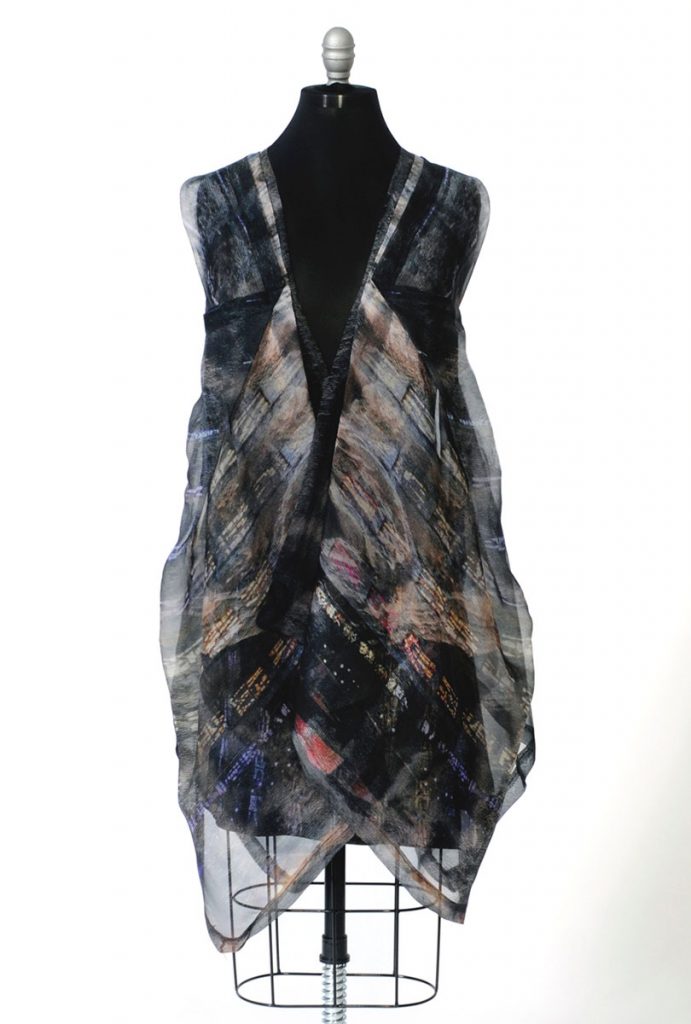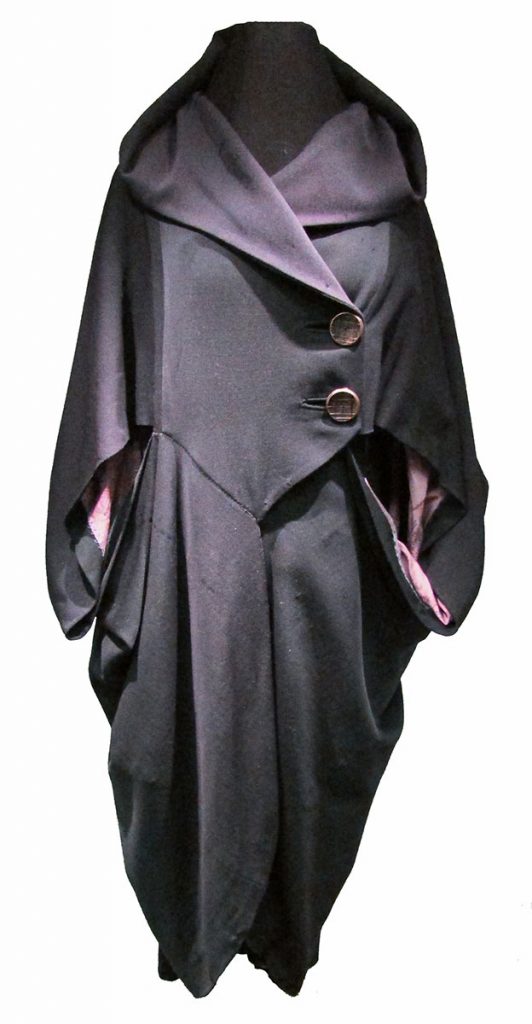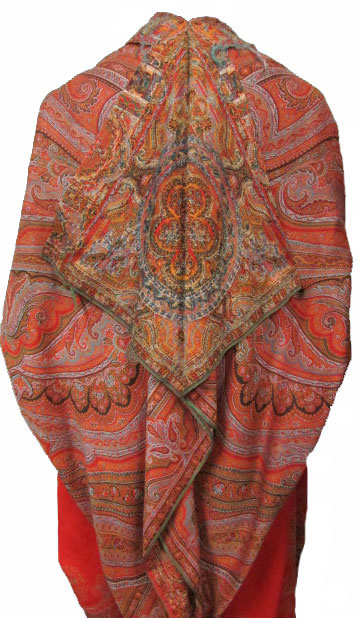P.U.R.E. Inspiration (2015)
The Human Environmental Sciences Program for Undergraduate Research Experience (PURE) aims to encourage and support undergraduate participation in research projects across the College. PURE provides opportunities for exceptional students to cooperate actively with faculty mentors, learning firsthand about research, creative activity, and scholarship processes. This exhibit represented a portion of the creative research of two 2014 PURE grant recipients in the Department of Textile and Apparel Management mentored by TAM faculty member Dr. Jean L. Parsons: Kathleen Kowalsky and Amanda Smith.
PURE Pleats: Pleats Perspectives (2014) by Amanda Smith
Pleats can be used to shape textiles and apparel in a multitude of ways, transforming flat fabrics into three-dimensional forms. The purpose of this research was to explore the importance of pleats in fashion, to identify the methods, uses, history, and design possibilities of pleats, and then to create designs based on pleated inspirations [which included Mariano Fortuny’s pleated Delphos dress and Issey Miyake’s hooded gown.] My design began with an understanding of pleat forms with a goal to incorporate digital textile printing to heighten the appearance and depth of the pleated surface.
Click images to learn more. Historical and donor information will appear.


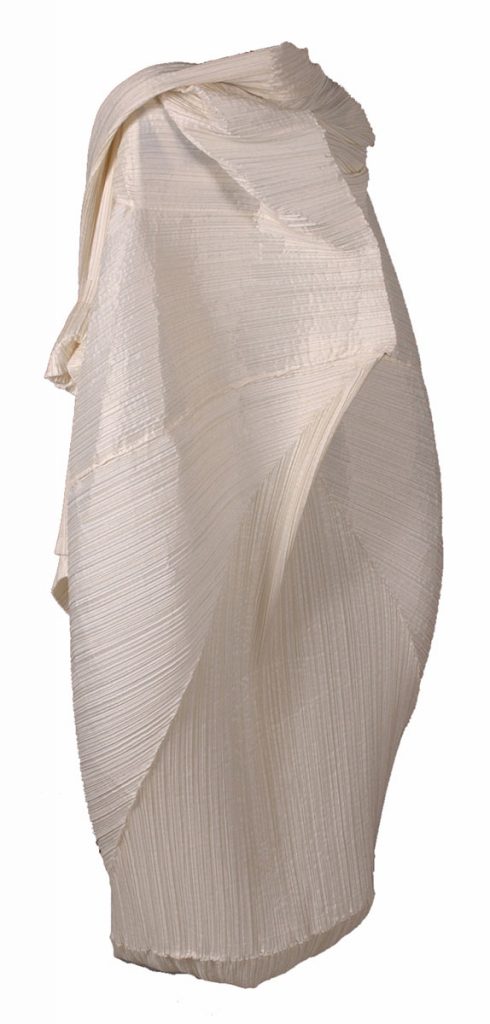
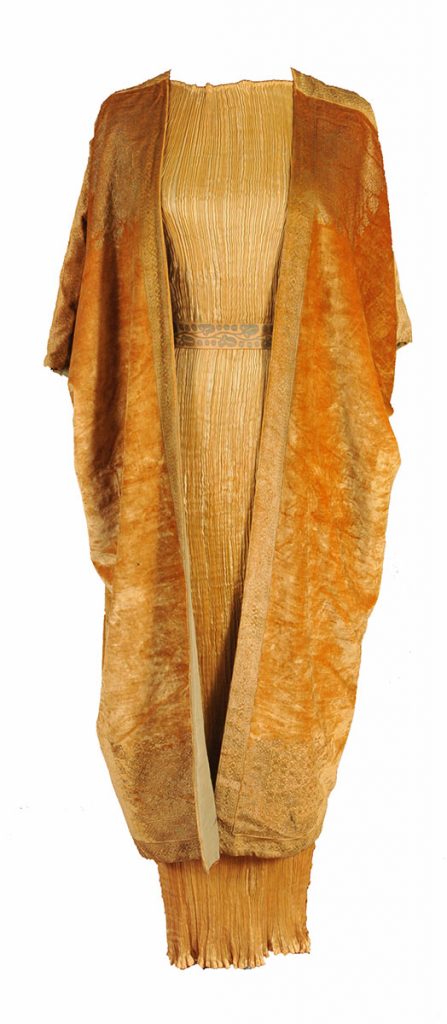
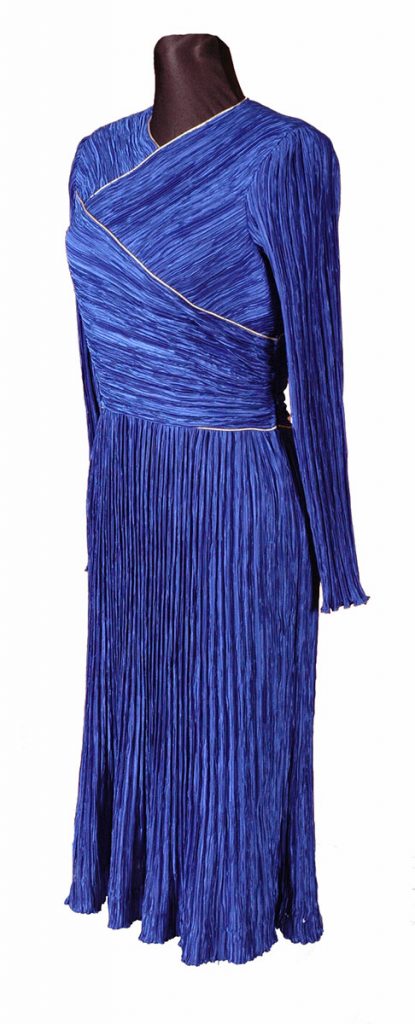

PURE Geometry: Architectural Clarity and Faces of El Salvador (2014) by Kathleen Kowalsky
Many designers are examining the possibility of eliminating apparel industry fabric waste. Not a new concept, traditional and non-Western garments historically used squares, rectangles, and minimal fabric cutting. Several garments in the MHCTC illustrate an historic approach to geometric and/or minimal waste approaches to apparel design and were a source of research for these designs. Contemporary designers such as Issey Miyake, for example, rely on large geometric pieces to create dramatic shapes. The cocoon coat is constructed with only two pattern pieces (in addition to the collar) that are folded and stitched, while the paisley coat is made from a single whole textile [the paisley shawl] and with no additional cutting. The purpose of [my designs] was to create garments using zero-waste patternmaking techniques, and incorporate digital print into the final product.


